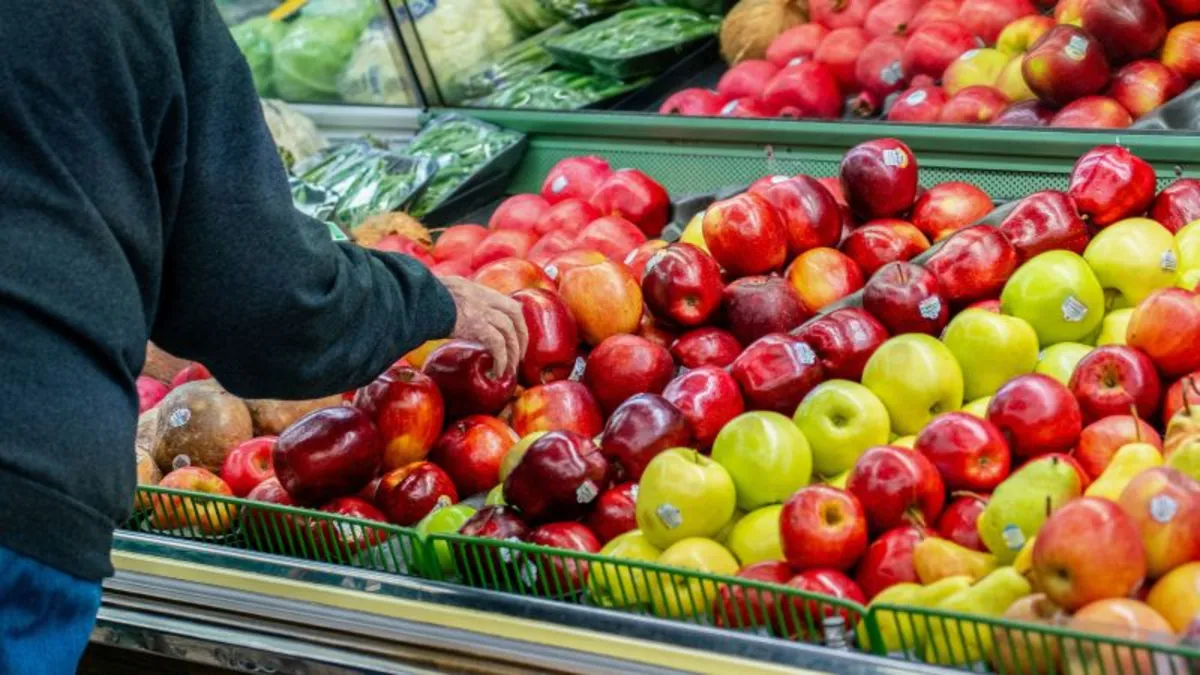
The U.S. Department of Agriculture (USDA) has announced that it will not utilize its $6 billion contingency fund to support food stamp benefits for the upcoming month, as detailed in a memo acquired by CNN. As a result, approximately 42 million Americans who rely on the Supplemental Nutrition Assistance Program (SNAP) will not receive essential food assistance in November unless the agency alters its current stance.
The memo explicitly states, “Contingency funds are not legally available to cover regular benefits.” It further clarifies that these funds are intended only to supplement monthly benefits when appropriations fall short. The USDA has indicated that the contingency fund cannot be utilized to support regular benefits for Fiscal Year 2026 because the necessary appropriations no longer exist.
Moreover, the memo highlights that states will not receive reimbursement if they choose to use their own funds to cover benefits, a decision that could exacerbate the situation for many families in need.
The absence of this crucial safety net program intensifies the pressure on Congress to resolve the ongoing federal government shutdown, which commenced on October 1. Lawmakers are urged to agree on a comprehensive federal spending package to reinstate necessary funding. Democratic leaders have expressed their unwillingness to support a short-term spending bill unless it also extends the enhanced Affordable Care Act subsidies, complicating negotiations.
On the other hand, Republican officials have placed the blame on Democrats for the deadlock, arguing that their actions are detrimental to American families who depend on these vital services.
In a press briefing last week, Agriculture Secretary Brooke Rollins warned that food stamp resources would be depleted by the end of the month. Earlier communications from the agency instructed states to pause their November payments until further notice due to insufficient federal funding.
However, Democratic lawmakers and advocates for SNAP assert that the USDA should, or even must, tap into the contingency fund to ensure that November benefits, estimated to cost around $8 billion, are available. They are urging the agency to explore other funding sources to bridge the gap, similar to the actions taken by the administration for other priorities, such as military payments.
Sharon Parrott, president of the Center on Budget and Policy Priorities and a former Office of Management and Budget official, criticized the USDA's position, stating, “Secretary Rollins’ claim that the Trump Administration is unable to deliver November SNAP benefits during a shutdown is unequivocally false.” She emphasized that the administration is legally required to utilize contingency reserves, which consist of billions allocated by Congress for situations when SNAP funding is inadequate.
In its shutdown contingency plan, previously available but now offline, the USDA noted that “Congressional intent is evident that SNAP’s operations should continue.” The plan suggested that the contingency funds could be employed to support participant benefits in the event of a funding lapse during the fiscal year.
Currently, about one in eight Americans benefit from SNAP, making it a vital component of the nation’s safety net. The program offers enrollees an average monthly benefit of $188 per person, as of May this year. Unfortunately, SNAP is not the only nutrition assistance program facing funding challenges amid the continued standoff in Congress. The Women, Infants, and Children (WIC) program, which aids nearly 7 million pregnant women, new mothers, and young children, was also at risk of running out of funds earlier this month. However, the administration managed to redirect $300 million in tariff revenue, typically earmarked for child nutrition programs, to sustain WIC operations for the remainder of the month, according to the National WIC Association.